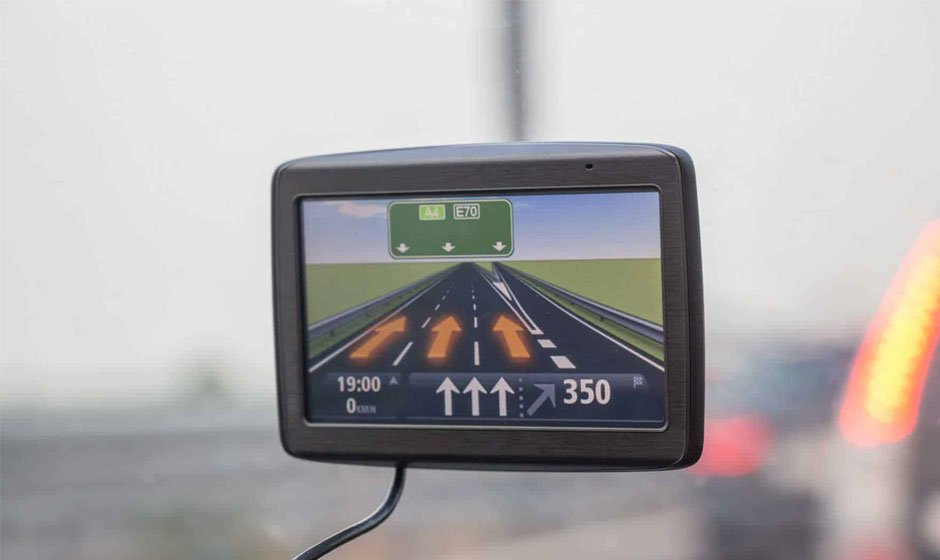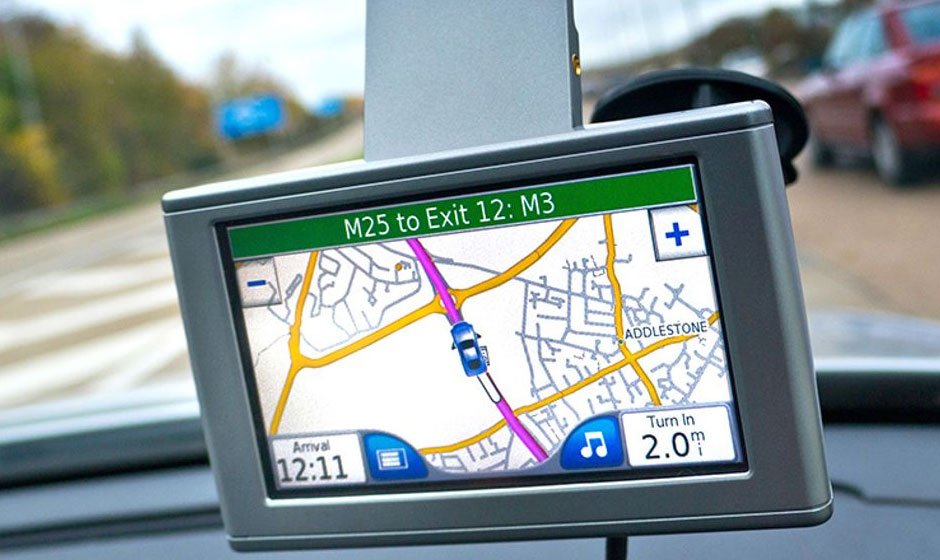One Providing Sat Navigation
Most of us find it difficult to navigate new cities. You miss exits and find yourself miles away from your desired destination. Guess what? It is time to say goodbye to missed exists with satellite navigation. In this post, we will dig into one providing sat navigation systems. We will examine its history, types, advantages and disadvantages, what to consider when choosing a sat navigation device, and how to get the most out of these devices. Let’s dive in!
History of One Providing Sat Navigation
Sat Nav technology has seen tremendous growth since its inception. In the early days of space exploration, scientists realized they could use satellites for purposes other than just observation. Following this progress, in the 1970s, the US military developed GPS, which they used to track their assets.

By the 1990s, GPS was available for public use, and this marked a significant step in the evolution of satellite navigation technology. As time passes, satellite navigation systems have improved with real-time traffic updates and improved accuracy.
Types of Satellite Navigation Systems
There are several types of satellite navigation systems that come with various capabilities. One of them is the Global Navigation Satellite System (GNSS), which includes systems such as GLONASS, GPS, BeiDou, and Galileo. These systems depend on network satellites to provide real-time data.
The other type of satellite navigation system is Differential GPS (DGPS); this system enhances accuracy by correcting signal errors resulting from atmospheric conditions. On the other hand, Inertial Navigation Systems (INS) are helpful in areas with little satellite coverage since they use sensors to track movements.
Moreover, real-time kinematic (RTK) systems offer better accuracy by using fixed-based stations in transmitting corrections to the receiver. On the other hand, autonomous vehicle navigation uses sensor fusion technology and advanced algorithms for precise control.
Advantages and Disadvantages of Sat Nav
Sat Nav has several benefits. It provides real-time updates and directions, helping drivers navigate cities and, as a result, reach their destinations faster. One is unlikely to get lost in unfamiliar cities if one effectively utilizes Sat Nav.
On the other hand, overuse of sat nav can result in overdependence on technology, and individuals might find it challenging to navigate unfamiliar places without this technology. Sometimes, they can give inaccurate directions, especially in remote areas.
What to Consider When Choosing a Sat Nav Device
When one is choosing a satellite navigation device, there are several aspects they should consider. First and foremost, it is essential to consider the screen size- devices with larger screens are more effective. It is also essential to consider a device that is easier to use and has clear instructions.
Furthermore, consider something whose battery can last longer and check if it has features like Bluetooth connectivity or voice commands. Moreover, consider something that can offer you live traffic updates.
Making the Most out of Sat Nav Devices
To make the most out of sat nav devices, ensure your device is mounted somewhere it is not obstructed to ensure it receives better signals from satellites. Additionally, ensure you input the correct coordinates before starting your journey. Make sure you follow the instructions keenly for a better experience.
Conclusion
Satellite navigation technology is proving to be very beneficial in today’s world. It is essential to grab yours depending on your preferences for a better experience.

